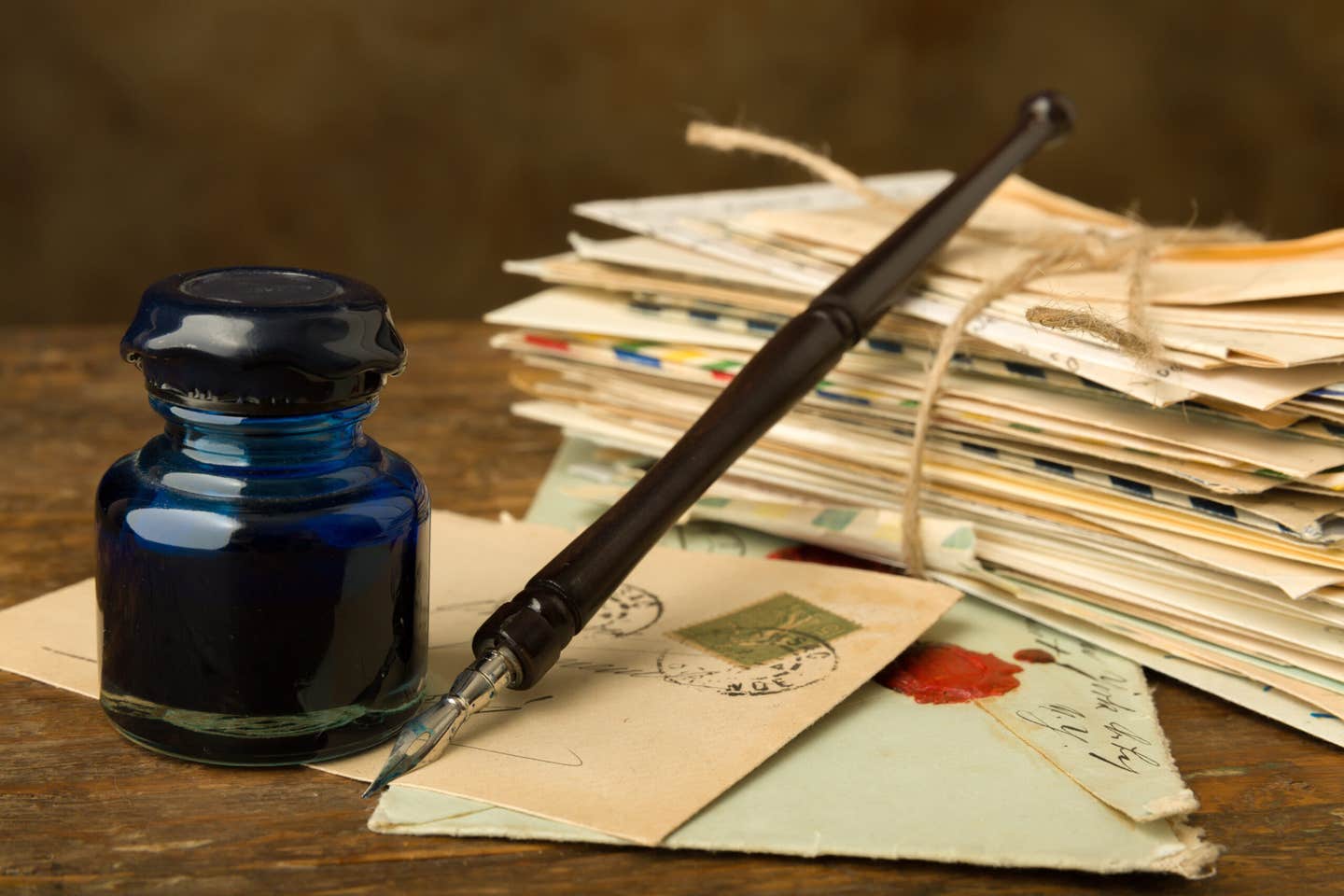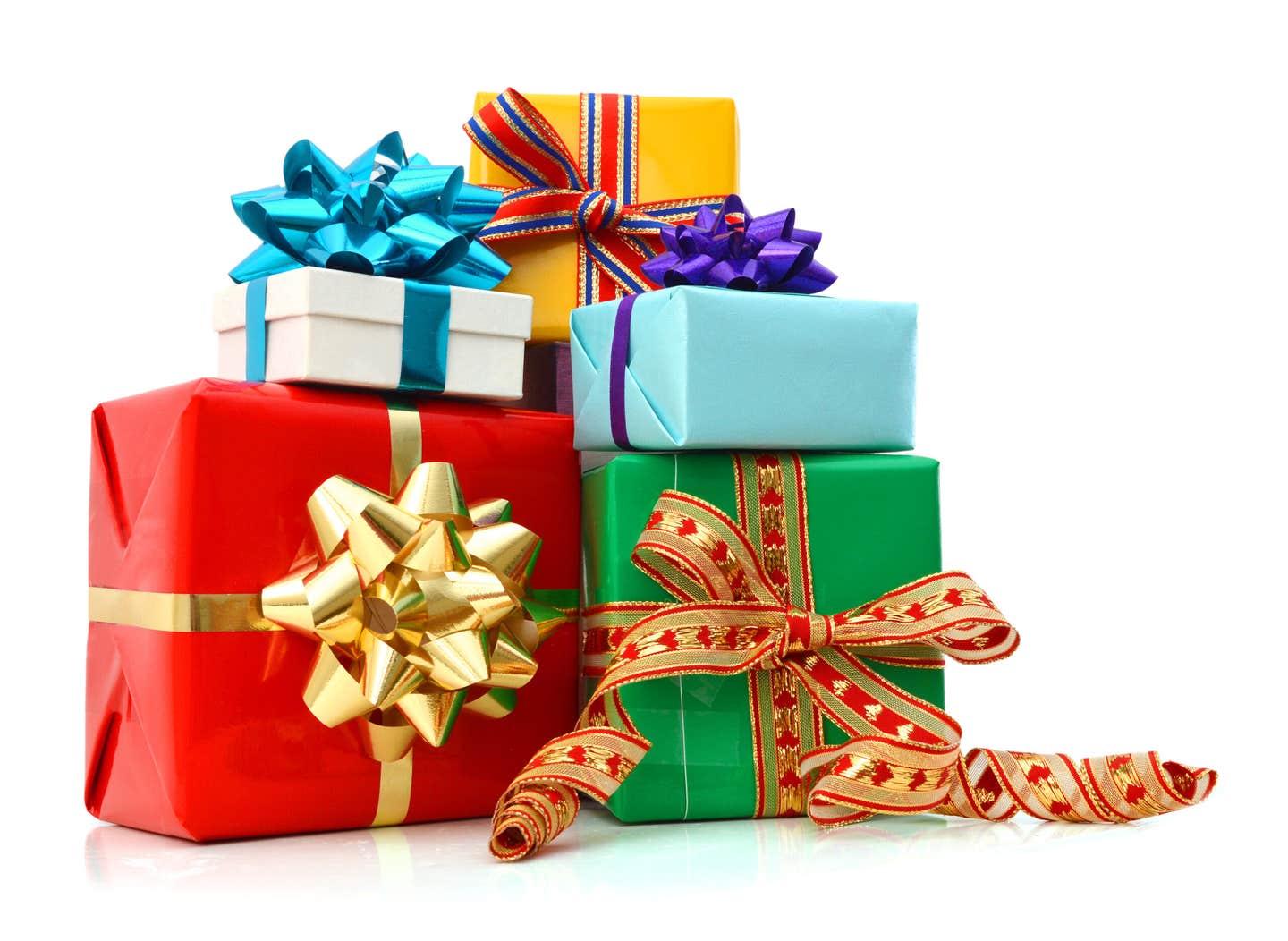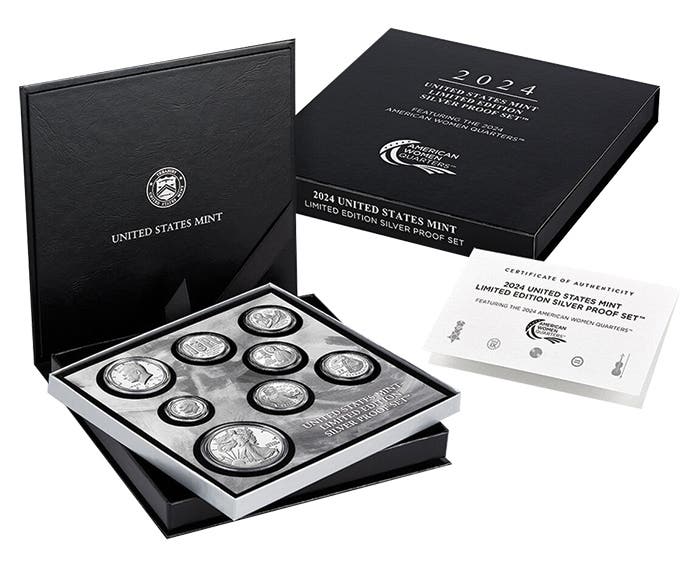Mint needs new innovative direction
As a retailer of coins from around the globe, it has become apparent to me that the United States Mint is falling way behind in many aspects of our beloved hobby.
I am an avid coin collector and owner of Legacy Numismatics, LLC, located in Doctors Inlet, Fla., just a few miles from Jacksonville. As a retailer of coins from around the globe, it has become apparent to me that the United States Mint is falling way behind in many aspects of our beloved hobby. Some of the Mints’ shortfalls include innovation, technology, value, options, customer service and a serious lack of passion for the hobby.
By definition, innovation is a new way of doing something. It may refer to incremental, radical and revolutionary changes in thinking, products, processes or organizations. A distinction is typically made between invention, an idea made manifest, and innovation, ideas applied successfully (Mckeown 2008). In many fields, something new must be substantially different to be innovative, not an insignificant change. As you visit the Web sites of The Royal Canadian Mint and The Perth Mint of Australia, you soon discover the cutting edge of innovation and how far they push the envelope to develop and introduce new coins to the marketplace like we have never seen in the U.S. Some examples are the applied color hologram technique, coins with crystal raindrops and odd-shaped coins that are currently being produced by the RCM. Other examples include coin firsts such as orbital coins with moving parts, dynamic imaging, colorization and gilding as produced by The Perth Mint.
Innovation can be as simple as placing a serial number on the Certificate of Authenticity, as do other countries, so as to create a feeding frenzy for collectors to obtain the lowest numbered certificate possible when newly released coins hit the market. A manganese dollar coin is not innovation. A new Lincoln cent reverse is not innovation. A Lincoln silver commemorative coin is not innovation.
It is even safe to say that the 2009 Ultra High Relief is not innovation. Of course I will own at least one, but even this coin is a sequel. Why would the mint go through the trouble of recreating this masterpiece only to have to enjoy it through a magnifying glass due to its reduced size when the original issue in 1907 was a full 34 millimeters without all of today’s technology? And by all means let’s not overlook the fact that the face value of this one ounce gold coin dropped to that of 1907 values, as if a face value of $50 isn’t way undervalued already for 1 ounce gold coins. I will discuss more on value a bit later.
When talking technologically challenged, one need not look any further than the U.S. Mint online catalog. As the world’s largest coin dealer, a visit to the U.S. Mint Web site should make you proud to be an American. Instead, it resembles a generic, do-it-yourself, $50 per month, self-edit, home-based Web site. The Treasury United States Mint logo with the American flag is barely legible and appears to be an afterthought in the upper left-hand corner of the page. The home page displays one featured coin. That’s right folks, one coin. Maybe if the Mint used all of the available monitor space instead of the 75 percent currently being used there would be enough space to feature many coins on the home page making site surfing a breeze. To benefit from modern technology, it must be implemented to its fullest capacity. Giving credit where it is due, let it be noted that digital technology was used to map the coin plasters for reproduction of the UHR. With world leading technology available in the U.S. today, I demand that it be implemented by the Mint to create the most unique coins the world has ever seen.
Now let’s tackle the subject of value. The value of a modern coin should be based on its ultra high quality, intrinsic value, collectibility, rarity and re-sale. Let’s take a silver Eagle proof for example. If the face value remains at $1 and the retail price at $33, the coin is undervalued by 3,200 percent. However, if the face value of these coins was increased to $10 per coin and the retail price remained the same, then the value of the coin over its face value is dramatically reduced to around 225 percent. With silver trading at $14 per ounce, the coin is still undervalued by just over 130 percent.
Let’s go back to the 2009 Ultra High Relief gold coin for a moment. Gold has been trading near $950 per ounce for several weeks now. The Mint has this coin available for a staggering $1,289 each. This is a margin of nearly 40 percent. Keep in mind that there is no mintage limit set for this coin and no way to know how rare this coin is going to be, so why the hefty premium? In the year 2000 the face value of the 1 ounce gold Panda was increased to 500 yuan from its previous value of 100 yuan; an increase in face value of 400 percent. This coin now trades at a 100 percent margin over its face value. U.S. gold bullion coins still have a face value of $50 and trade for nearly $1,000. That puts the margin of its true value over face value at 2,000 percent. Certainly the U.S. Mint can increase the face value of these coins since they will never trade at $50. The rolls of state quarters have no intrinsic value and are minted in very high quantities yet are priced at over 60 percent of their face value at the Mint.
Let’s look at the Presidential dollar first day coin covers. The face value of this product is $2 yet it retails for a mind-blowing 650 percent markup over its face value. There should be laws against this. Numbers published last year indicated that the cost of producing a single cent at the Mint has now exceeded the face value by 70 percent. Information was also published that taxpayers pick up the tab for the additional cost beyond production costs to produce the cent. If this information is correct, then why does the Mint charge a premium of nearly 800 percent over the face value of these coins for the two-roll set? Again, please keep in mind that these are modern coins with no intrinsic value that are minted in very large quantities.
The only explanation for this is simply profit. The Mint’s earnings declined in 2008, falling 25.7 percent to $806.4 million compared to the $1,085.6 billion it generated in 2007. Even with the 2008 decline, and nearly $3 billion in gross sales, the overall profit margin averaged just over 325 percent. If it’s unacceptable for the oil companies to generate ridiculous profit margins by overcharging for their products, then it should be just as unacceptable for the United States Mint to do the exact same thing. If the Mint retains just over $100 million to operate and returns over $700 million back to the Treasury, then the cost of numismatic items could be made more affordable by lowering the price to consumers and thus encouraging new interest in coin collecting by people that may otherwise not be able to afford to collect coins. If the Federal government can dictate what profit margin is too high for the oil companies, why aren’t they doing anything to protect numismatic consumers from being overcharged by the Mint?
We, the coin collectors of the United States of America, would solemnly appreciate some options. For example: we are about to be introduced to the exciting world of America’s National Parks through yet another sequel, the quarter dollar program. Another clad quarter dollar program does no justice to the majesty of our treasured National Parks. Why not actually make them more collectible by producing a 40 percent silver half dollar that would not only renew interest in the half dollar and make the design larger and easier to see, but also give the coin intrinsic value at the same time. How about any coin, preferably a totally new design altogether, in 40 percent or even 92.5 percent silver. Why not a new coin in 14 or 18 karat gold? Why not rose or white gold? Silver coins (excluding bullion) produced today by the Mint are either 90 percent silver or no silver at all. Gold coins also are either 22 or 24 karat with no other, more affordable options available. The Royal Canadian Mint has raised the bar and is leading the way in options for metal composition while the U.S. Mint is stuck in a rut with few options.
“While we have fulfilled our mission and have various individual successes, as a whole, the United States Mint should excel beyond minimal requirements. From the outside the United States Mint appears to be delivering an average performance, and it is, but we aspire to more. We aspire to excellence.” These are words from the Mint director himself that were published in the 2008 U.S. Mint Annual Report, which I urge everyone to read. It is available on the Mint’s Web site. No truer words could be spoken when relating to customer service. Many times I have attempted to contact customer service only to hear that no one is available. How difficult can it be to e-mail my questions and concerns to the Mint and actually have them answered by a simple return e-mail? I’m not talking about being referred to the commonly asked questions page but rather a live chat perhaps with a living, breathing Mint representative. Not to be redundant, but technology plays an important role here as well. When customers are the most important aspect of your business, shouldn’t customer service be as important?
A survey was conducted in 2008 by the Mint (also published in the 2008 Annual Report) to rate how good a job the Mint is doing and the results are as follows: Poor = 4.4 percent, Below Avg. = 6 percent, Avg. = 31.3 percent, Good = 32.3 percent and Excellent = 26 percent. These are overwhelming statistics that show the vast majority of people surveyed felt the job the Mint was doing was at best good or worse. The percentage of highly satisfied customers and the percentage of orders filled in seven days or less was lower in 2008 compared to previous years. This is a trend that is only getting worse as years pass. Customer service has become nonexistent in many large organizations as employees show up for work Monday through Friday only to be able to collect a check on payday while doing as little as possible to earn it. Never forget that without customers there is no paycheck.
What ever happened to the passion evidenced by the Mint of yesteryear? Passion evidenced and made manifest through the production of unique gold and silver coin masterpieces from long ago. Passion should be the driving force behind all that is accomplished by the Mint. Is passion for quality, originality, design, innovation, technology, integrity and art a thing of the past? God, I hope not, as in him I do trust, but the Mint I believe is in desperate need of new direction.
Gary Huskey is a Florida dealer and collector.
Viewpoint is a forum for the expression of opinion on a variety of numismatic subjects. The opinions expressed here are not necessarily those of Numismatic News.
To have your opinion considered for Viewpoint, write to David C. Harper, Editor, Numismatic News, 700 E. State St., Iola, WI 54990. Send e-mail to david.harper@fwmedia.com.









